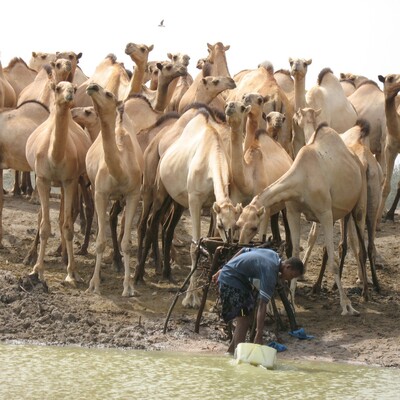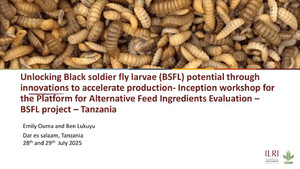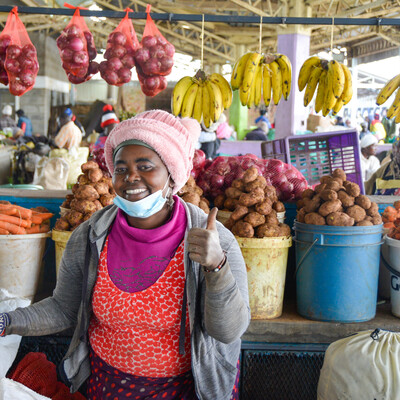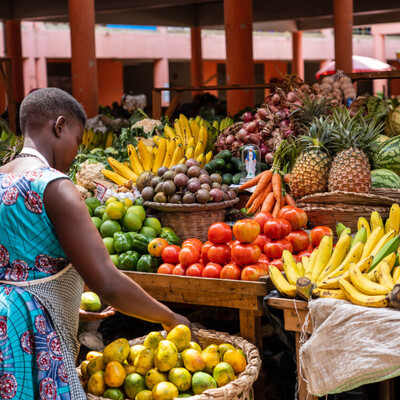

Outlining the framework from livestock to nutrition pathways
Animal source foods (ASFs) provide important nutrients in the diet and contribute to nutrition, growth and health for many across the globe. Sales from ASFs contribute to improved income for families to meet their financial obligations.
Researchers from the International Livestock Research Institute developed a livestock-to-nutrition framework to guide research activities on improving human nutritional outcomes in livestock-keeping households.
During CGIAR Science Week which took place 7-12 April 2025 at the United Nations headquarters in Gigiri, Nairobi, Esther Omosa, ILRI senior nutrition specialist, discussed the framework in a session organized to address the complex relationships between the unique place of livestock production and ASFs in nutritional security, livelihoods, climate change adaptation and mitigation.
Omosa's presentation focused on how livestock keeping contributes to improved nutrition. She noted that the pathways are many and interconnected, making it necessary to understand the evidence undergirding each of the pathways and the gaps in evidence. She discussed the following three pathways:
- Livestock-keeping contributes to livestock productivity and production, which directly contributes to improved consumption in its production pathway, even though many factors determine this. When livestock-keeping households consume animal-sourced foods, they have improved dietary intake, which leads to improved nutritional status.
- The income pathway, whereby increased productivity leads to increased income from the sale of ASFs or livestock itself. This, in turn, leads to increased purchases of animal-sourced foods as well as non-animal-sourced foods. This is witnessed in many settings, especially in resource-constrained rural areas where cereals are a significant part of the dietary intake, and as such, they are often purchased to supplement the family's nutritional intake.
- The empowerment of individual women in decision-making also leads to increased income, consumption of animal-sourced foods, and improved nutritional dietary intake. This is said to happen through joint decision-making in homes where the woman is empowered to make crucial decisions in food preparation and allocation.
Omosa further noted that some factors can be detrimental to improved human nutritional status, such as exposure to animal pathogens, which may negatively affect human health, increased physical activity and energy expenditure required to care for livestock can also negatively impact human nutritional status when dietary intake is insufficient. The framework unpacks these direct and indirect pathways and offers guidance on how to address them as well.
Other pathways that were not discussed above are available, and more information can be accessed here, and about the event here.
You may also like

ILRI News
Agricultural leaders explore the future of food security at DialogueNEXT conference in India

New science
Essential foods, missed opportunities: What prevents Ethiopian children from eating nutritious animal-source foods?
Related Publications
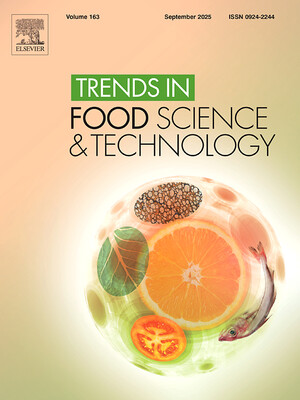
Uncertain times require new thinking for agri-food science to ensure food security and nutrition for all
- Fraser, E.D.G.
- Adeyemo, O.
- Amiot-Carlin, M.-J.
- Azam-Ali, S.
- Caron, P.
- Cole, M.
- Clapp, J.
- Duwayri, M.
- Echeverría, R.
- Elizondo, C.
- Elver, H.
- Lehman, B.
- Recine, E.
- Schönfeldt, H.C.
- Serraj, R.
- Suwa-Eisenmann, A.
- Tangermann, S.
- Webb, P.
- Wright, Iain A.
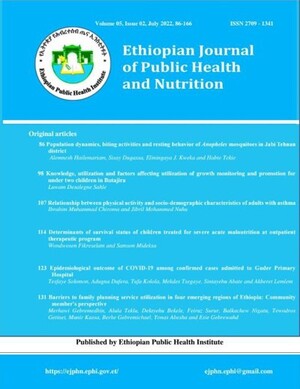
Integrating poultry and nutrition education to improve dietary diversity among rural Kenyan women
- Geremew, Kumlachew
- Chelangat, M.S.
- Ouko, O.
- Yemane, Tsion
- Ouko, V.O.
- Odiwour, A.
- Alaru, P.A.
- Mbuku, S.
- Dessie, Tadelle
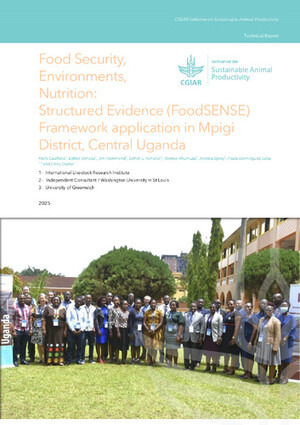
Food Security, Environments, Nutrition: Structured Evidence (FoodSENSE) Framework application in Mpigi District, Central Uganda
- Caulfield, Mark
- Omosa, Esther
- Hammond, Jim
- Achandi, Esther, L.
- Ahumuza, Ronnie
- Spray, Andrea
- Dominguez-Salas, Paula
- Ouma, Emily A.

Conceptual framework of women’s food environments and determinants of food acquisition and dietary intakes in low- and middle-income countries: a scoping review
- O’Meara, L.
- Bruyn, J. de
- Hope, T.
- Fajó-Pascual, M.
- Hodge, R.
- Turner, C.
- Stoynova, M.
- Wellard, K.
- Ferguson, E.
- Dominguez-Salas, P.


